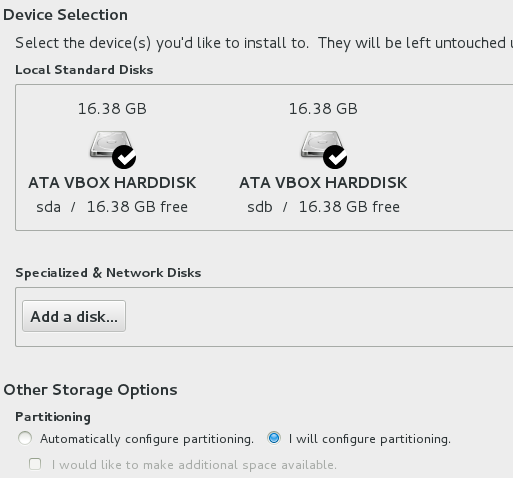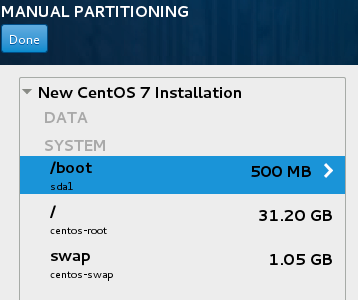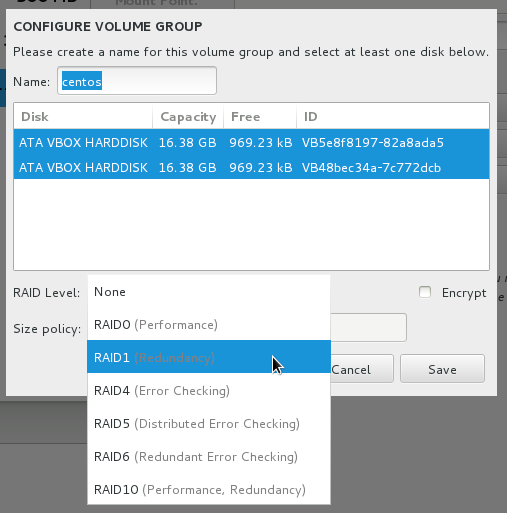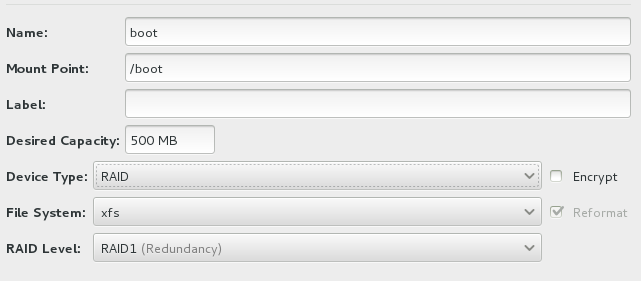So my SSH workflow has reached a turning point, where I’m going to clean up my ~/.ssh/config. Some entries had been used to leverage corporate firewall and proxy setups for accessing external SSH servers from internal networks. These are being archived here for the inevitable future reference.
I never use “trivial” chained SSH commands, but always want to bring up a ProxyCommand, so I have a transparent SSH session for full port, X11, dynamic and agent forwarding support.
ProxyCommand lines have been broken up for readability, but I don’t think this is supported in ~/.ssh/config and they will need to be joined again to work.
Scenario 1: The client has access to a server in a DMZ
The client has access to a server in an internet DMZ, which in turn can access the external server on the internet. Most Linux servers nowadays have Netcat installed, so this fairly trivial constellation works 95.4% of the time.
# ~/.ssh/config Host host.external ServerAliveInterval 10 ProxyCommand ssh host.dmz /usr/bin/nc -w 60 host.external 22
Scenario 2: As scenario 1, but the server in the DMZ doesn’t have Netcat
It may not have Netcat, but it surely has an ssh client, which we use to run an instance of sshd in inetd mode on the destination server. This will be our ProxyCommand.
# ~/.ssh/config Host host.external ServerAliveInterval 10 ProxyCommand ssh -A host.dmz ssh host.external /usr/sbin/sshd -i
Scenario 2½: Modern version of the Netcat scenario (Update)
Since OpenSSH 5.4, the ssh client has it’s own way of reproducing the Netcat behavior from scenario 1:
# ~/.ssh/config Host host.external ServerAliveInterval 10 ProxyCommand ssh -W host.external:22 host.dmz
Scenario 3: The client has access to a proxy server
The client has access to a proxy server, through which it will connect to an external SSH service running on Port 443 (because no proxy will usually allow connecting to port 22).
# ~/.ssh/config Host host.external ServerAliveInterval 10 ProxyCommand /usr/local/bin/corkscrew proxy.server 3128 host.external 443 ~/.corkscrew/authfile
# ~/.corkscrew/authfile username:password
(Omit the authfile part, if the proxy does not require authentication.)
Scenario 4: The client has access to a very restrictive proxy server
This proxy server has authentication, knows it all, intercepts SSL sessions and checks for a minimum client version.
# ~/.ssh/config Host host.external ServerAliveInterval 10 ProxyCommand /usr/local/bin/proxytunnel -p proxy.server:3128 -F ~/.proxytunnel.auth -r host.external:80 -d 127.0.0.1:22 -H "User-Agent: Mozilla/5.0 (X11; Ubuntu; Linux x86_64; rv:29.0) Gecko/20100101 Firefox/29.0\nContent-Length: 0\nPragma: no-cache"
# ~/.proxytunnel.auth proxy_user=username proxy_passwd=password
What happens here:
- host.external has an apache web server running with forward proxying enabled.
- proxytunnel connects to the proxy specified with -r, via the corporate proxy specified with -p and uses it to connect to 127.0.0.1:22, on the forward-proxying apache.
- It sends a hand-crafted request header to the intrusive proxy, which mimics the expected client version.
- Mind you that although the connection is to a non-SSL service, it still is secure, because encryption is being brought in by SSH.
- What we have here is a hand-crafted exploit against the know-it-all proxy’s configuration. Your mileage may vary.
Super sensible discretion regarding the security of your internal network is advised. Don’t fuck up, don’t use this to bring in anything that will spoil the fun. Bypass all teh firewalls responsibly.






